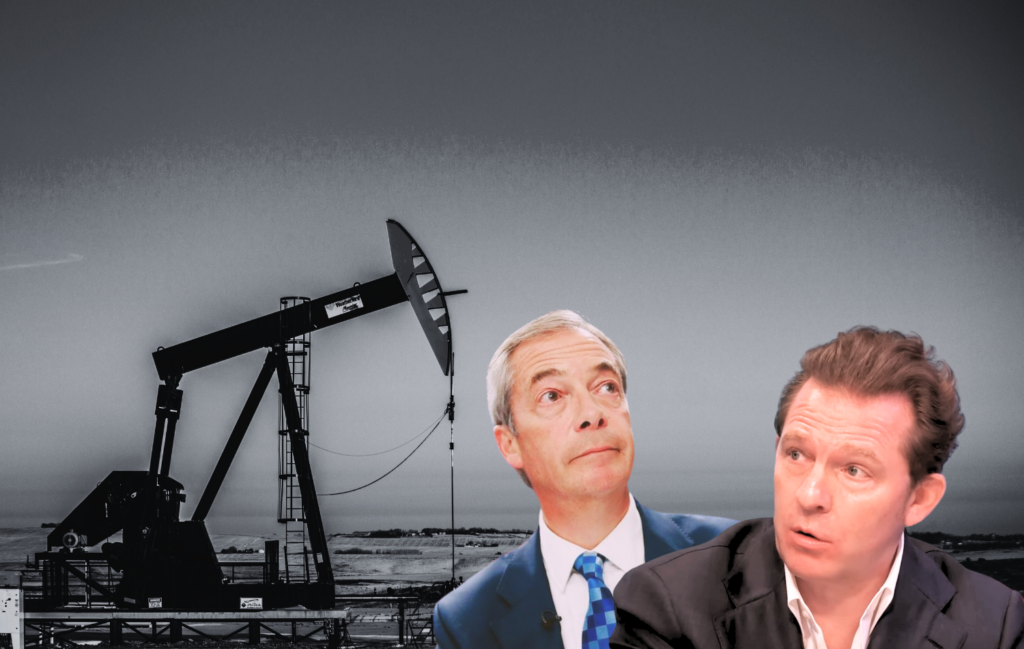It’s very hard to know exactly how much Brexit will cost the UK — it depends on what kind of trade deal and exemptions the government manages to negotiate with the EU.
But when it comes to energy and the environment a few estimates have emerged since the referendum with numbers attached, and all of them are pretty big.
If these estimates are added up, it appears that since 2000 the UK has received around £40 billion from the European Union in funding and loans which have been put towards various energy projects, smart meters, and scientific research. The UK has also received an annual £52 million towards the world’s largest nuclear fusion project.
The estimates suggest about another £7 billion may currently be in the pipeline, with no clear indication how much of this will or won’t come through. Some of this is earmarked for climate projects, smart cities, and support for rural economies. Depending how things play out, around an additional £7.4 billion may be at risk and the UK could rack up about £2.5 billion in annual costs on energy and environmental programmes as a result of Brexit.
These numbers are far from certain, but give a sense of the scale of impact Brexit might have on energy and environment in Britain. With no clarity on future trade deals with the EU, it’s not clear what costs will actually be incurred, whether the UK government will try or be able to cover the funding gap, or how funds will be allocated.
On the day prime minister Theresa May triggers Article 50 and starts the UK’s long exit from the EU, DeSmog UK breaks down the estimates and highlights the key areas where tough decisions will need to be made.
Climate Costs
According to a House of Lords EU Committee report on Brexit, the UK was set to receive €5.8 billion from the EU to “fund projects to support the environment and tackle climate change” between 2014 and 2020. It is currently unclear if the UK government would be willing to cover the cost of these programmes post-Brexit.
And that’s far from the total cost of the potential cuts to the UK’s climate and energy policy.
One area where the UK looks particularly set to miss out is funding for low carbon energy projects.
The European Investment Bank has given UK energy projects more than €37 billion in loans since 2000, E3G analyst Jonathan Gaventa told the House of Lords’ EU Committee.
Around €6 billion of this was invested in low carbon projects, according to the Committee on Climate Change. That includes spending on projects including one of the UK’s largest wind farms.
An EIB spin-off, the European Fund for Strategic Investments, provided £360 million for the UK’s stuttering smart meter roll out, Energydesk pointed out.
Similar funding is unlikely to be available after Brexit. Greenpeace’s chief scientist, Doug Parr, told the committee:
“There is no formal mandate or statute that says the EIB cannot lend to people outside the EU, but is it likely? I think most people would expect not”.
Energy Prices and Nuclear Power
It’s not just renewables that could lose out.
If the UK leaves Euratom, the European community that currently regulates the nuclear power industry — as seems likely — it’s unclear what will happen to a number of projects, and who will be responsible for the costs.
The UK currently hosts the world’s largest nuclear fusion project, the Joint European Torus project in South Oxfordshire. That project involves some 350 scientists and currently receives around €69 million per year in funding: 87.5 percent of that comes from the European Commission, with the remaining 12.5 percent funded by the UK.
According to the Financial Times, the European Commission-owned nuclear tokamak machine has generated about 3,000 cubic metres of radioactive waste and will cost about £289m to decommission.
The future of those projects is currently uncertain.
That could all have knock-on effects for UK consumers. Prior to the referendum, the then energy and climate change secretary, Amber Rudd, said leaving the EU could cost consumers £500 million or more each year due to the higher costs of meeting the UK’s energy demand outside of Europe’s internal energy market.
Future Research and Investments
And it won’t just be the energy sector that suffers. Thinktank Green Alliance estimated that Brexit will harm infrastructure investment across the board, due to policy uncertainty.
Leah Davis, acting director of Green Alliance, told the House of Lords EU committee that towards the end of the decade, the UK could experience a 96 percent drop in the investment, from about £7.7 billion to £0.3 billion.
Another area the UK could be significantly hit is in funding for environmental research.
The Office for National Statistics said the UK received €8.8 billion in direct EU funding for research, development and innovation activities between 2007 and 2013.
Analysis by consultants Digital Science in November suggested around £67 million of environmental research funding could be at risk due to Brexit, Energydesk reported.
That represents a third of competitive funding for the UK’s institutions, and it’s not clear how the gap might be filled once the UK leaves the EU.
The UK currently receives a 15 percent share of funding from the EU’s Horizon 2020 research and innovation programme, which has nearly €80 billion of funding available from 2014 to 2020 for all EU countries, a House of Commons Environmental Audit committee (EAC) report noted.
UK projects including research into wave energy and smart cities have benefited from Horizon 2020 funding worth €318 million, according to EurActiv — more than any other EU country.
The Treasury has agreed to underwrite the funding of all Horizon 2020 projects that are approved before the UK leaves the EU, and that are deemed “good value for money” and “in line with domestic strategic priorities”. It’s currently unclear which projects meet those criteria.
Rural Development and Emissions Trading
It’s also unclear what will happen to funding earmarked for the UK from other EU programmes, the EAC report noted.
The European Regional Development Fund also allocated over £210 million up to 2020 to support Green and Blue Infrastructure projects in England. And the EU’s LEADER programme to support rural economies has provided £138 million to communities in England.
And the UK is likely to need to cover the costs of other environmental policies currently administered by the EU.
The network of UK Conservation and Environment Agencies (LUPG) estimated that it will cost about £2 billion a year to deliver agricultural environmental programmes in the UK, the EAC report noted. Government advisor Natural England suggested that if climate change measures are included, the figure could be significantly higher.
The UK also needs to decide whether it will continue to participate in the EU emissions trading scheme after Brexit.
The Treasury gets revenue from the permits companies are required to purchase as part of the ETS as well as its top-up tax, the Carbon Floor Price.
The UK government made £0.6 billion from the ETS in 2014-15, though that is expected to fall to £0.5 billion in 2015- 16 and 2016-17, and to £0.4 billion from 2020-21, according to a House of Commons Library briefing paper.
That additional income, it noted, “could be viewed as an incentive to continue with both measures”.
Main image credit: Airpix via Flickr CC BY–SA
Subscribe to our newsletter
Stay up to date with DeSmog news and alerts







